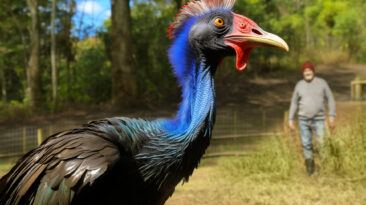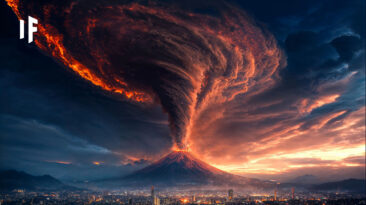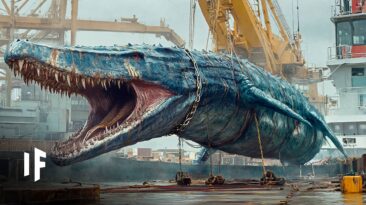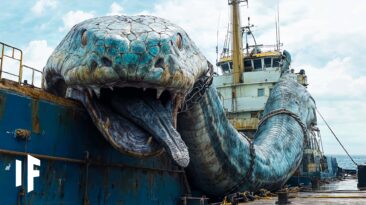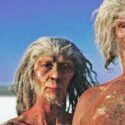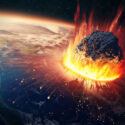Imagine heading out for a swim and knowing that a shark the size of a bus could be lurking somewhere beneath the surface. This is not the plot of a science fiction movie. It is what life might be like if megalodon sharks had never gone extinct. These massive predators once dominated the oceans millions of years ago.
But what if they were still out there today? From disrupting ocean industries to changing entire ecosystems, here are six ways the world would be different if the megalodon still lived.
1. Our Oceans Would Become Far More Dangerous
Megalodons were not your average sharks. These ancient giants could grow as long as 18 meters, more than twice the size of a Tyrannosaurus rex. Their jaws were powerful enough to crush a car, and they could easily swallow multiple humans in a single bite. With that kind of size and strength, they would be an immediate threat to anyone in the water. Activities like swimming, diving, and sailing would all come with far more risk.
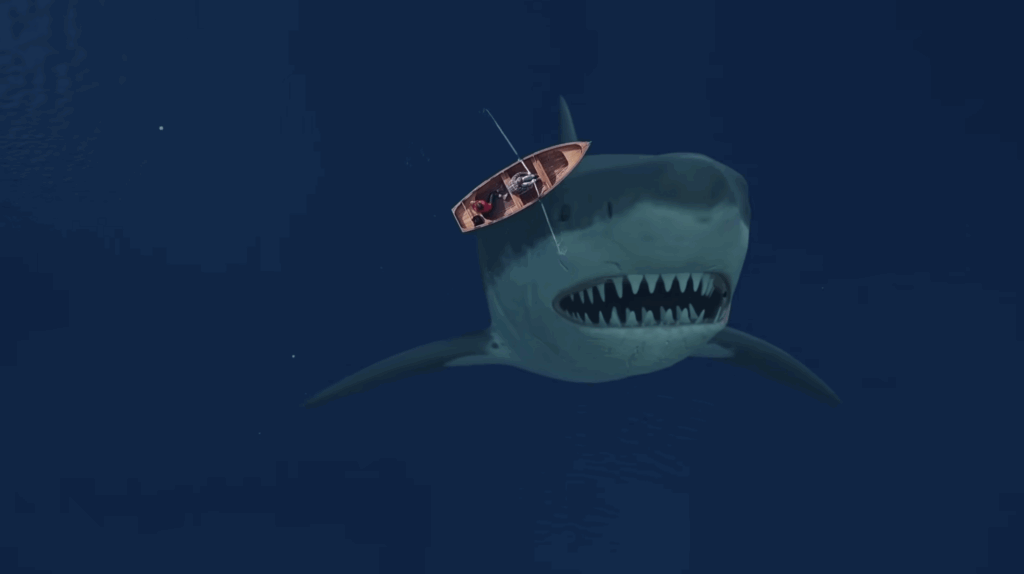
2. Commercial Fishing Would Take Heavy Losses
A fully grown megalodon needed to eat a lot to survive. Some estimates suggest they may have consumed over 2500 pounds of food every day. Their diet included large fish, dolphins, and even whales. If they were still alive, megalodons would compete directly with humans for many of the same marine resources. Fishing crews could lose entire catches to these predators, much like how killer whales sometimes snatch fish from nets today.
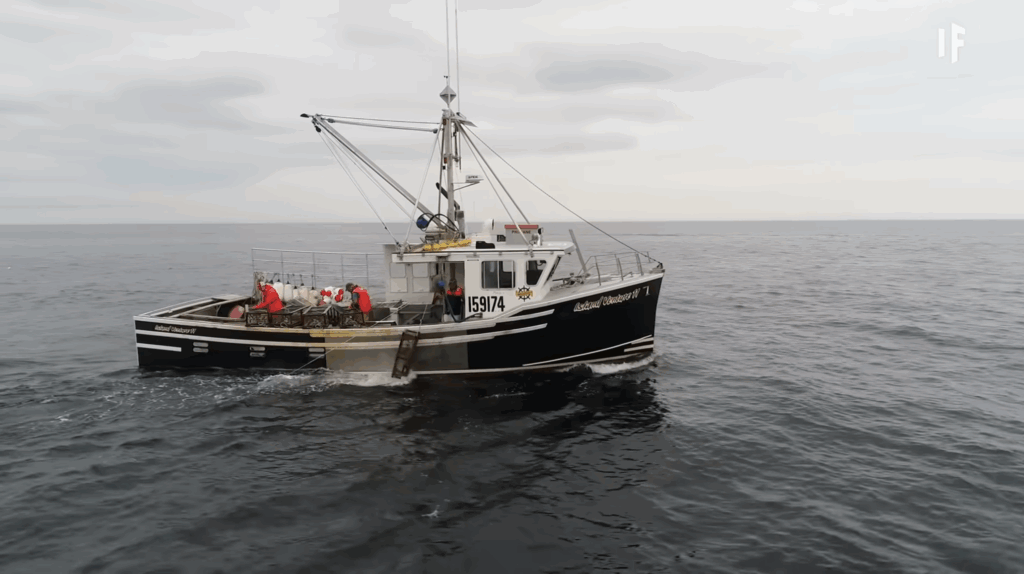
3. Global Shipping and Travel Would Face New Challenges
Modern shipping and travel across oceans would face serious issues. Megalodons gave birth in warm, shallow waters, the same places where many cruise ships and cargo vessels operate. The presence of such huge and unpredictable predators would make shipping routes more dangerous. Companies might need to reroute ships, increase safety protocols, or even avoid certain waters altogether. This could slow global trade and reduce ocean tourism.
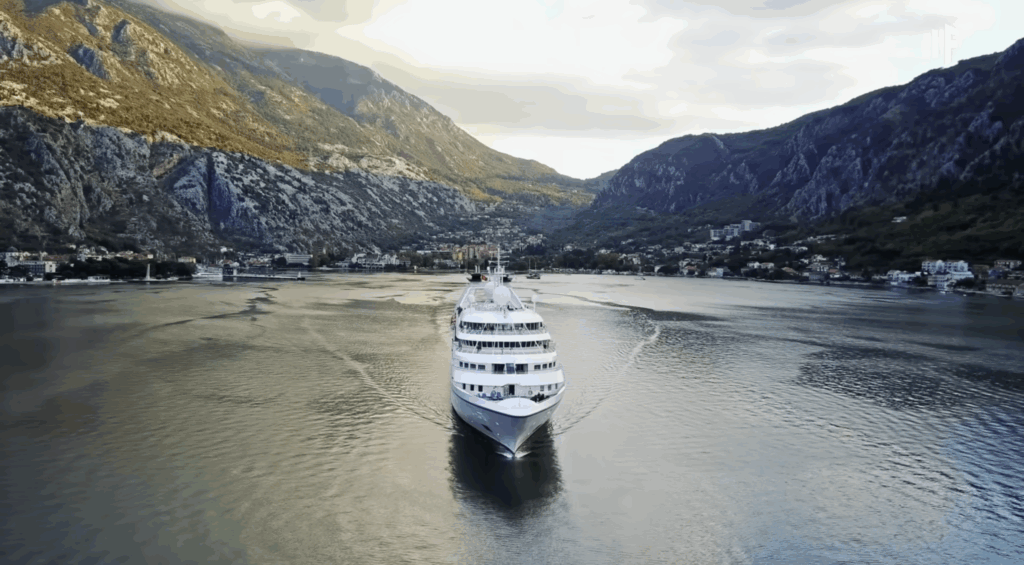
4. Beach Safety Would Become a Serious Concern
Megalodons preferred warm, shallow water for giving birth, meaning popular beach destinations would be at greater risk. This would force coastal communities to invest in advanced detection systems and impose stricter swimming rules. The possibility of a giant predator near the shoreline would hurt tourism and cause widespread fear among beachgoers.
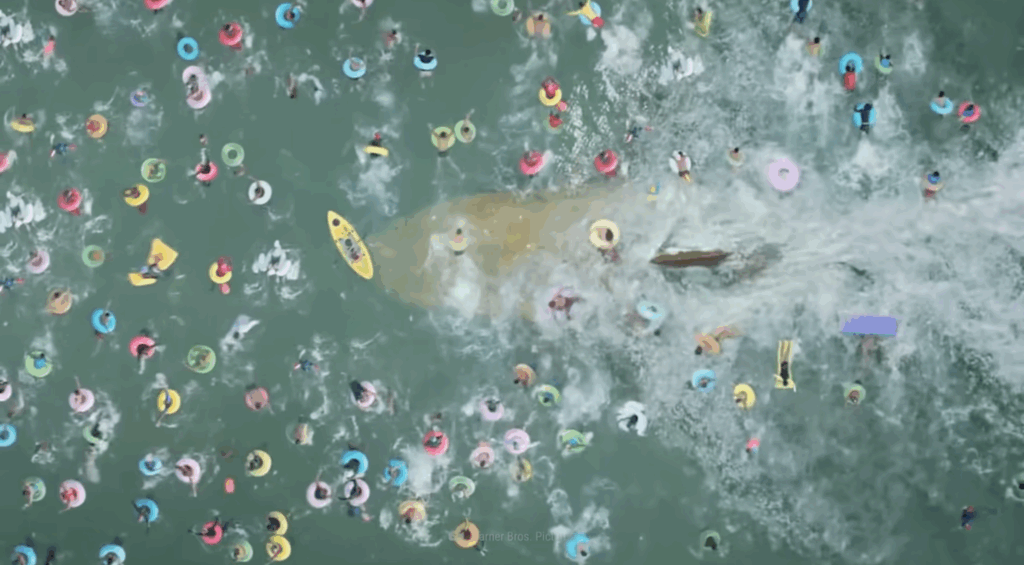
5. Marine Ecosystems Would Be Greatly Affected
Megalodons were apex predators, sitting at the top of the marine food chain. Their need to eat massive amounts every day would affect everything below them. Whale numbers could drop, other predators might disappear, and the population of smaller fish could either explode or crash depending on the chain reaction. The balance of marine life would shift dramatically.
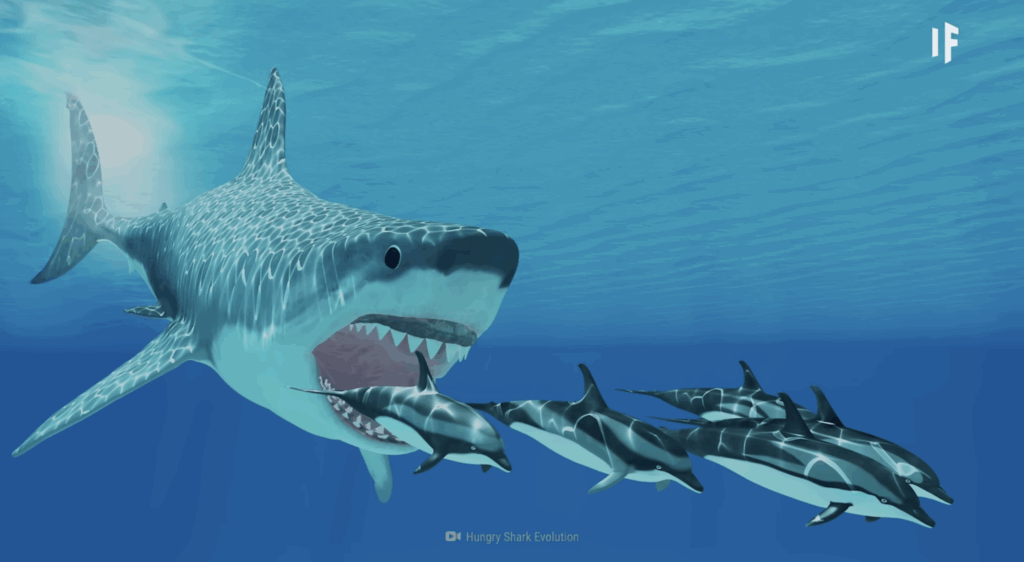
6. We Would Have Found Physical Proof of Their Existence
Despite popular internet stories, scientists are confident that megalodons are extinct. These sharks thrived in warm waters, not deep cold places like the Mariana Trench. If they were alive today, we would have discovered bite marks on other large marine animals or even full carcasses. The only solid evidence we have are their fossilized teeth, which can grow over 18 centimeters long and are found all around the world.
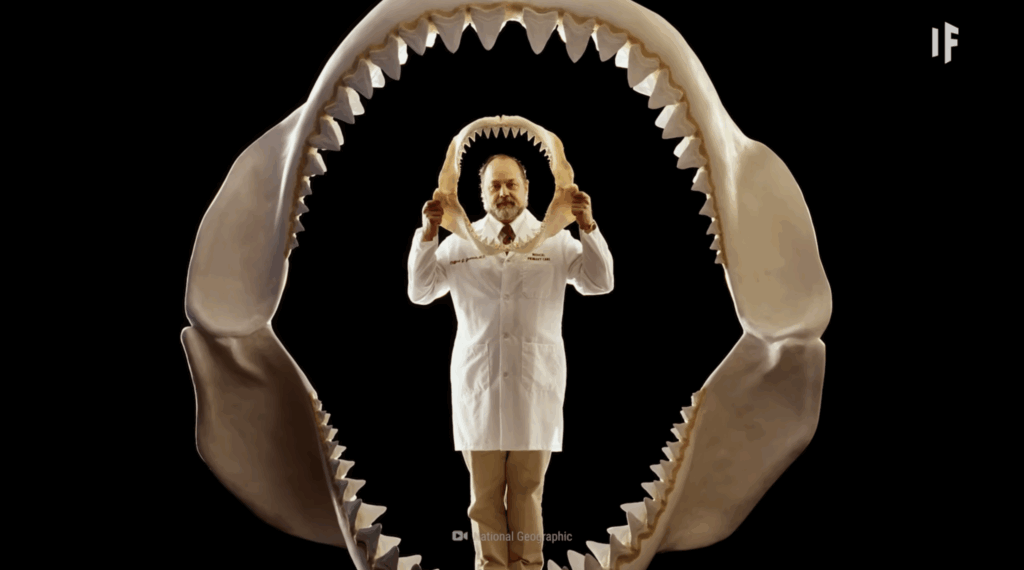
As the climate continues to change and oceans grow warmer, some wonder whether such ancient creatures could ever return. While it is fun to imagine, the megalodon remains one of the most fearsome predators in history, and luckily, one we no longer have to face in the real world.















